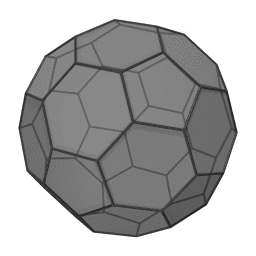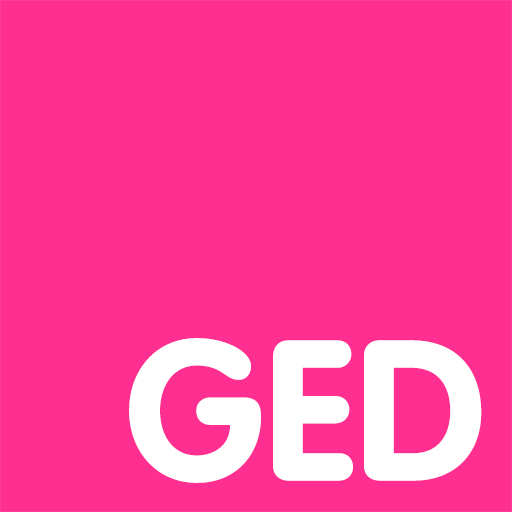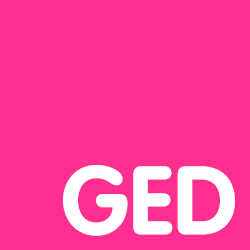KÖRPER
Die folgenden Video-Tutorials behandeln das Zeichnen von dreidimensionalen Körpern (Geometric solids).
Solche Körper sind dreidimensionale Figuren und bilden Volumen, die durch sie umgebende vollständig(!) geschlossene Flächen begrenzt sind. Diese Flächen können aus ebenen Flächenstücken bestehen (z.B. bei Polyedern) oder aus Freiformflächen (z.B. NURBS-Solids).
Nach den beiden vorhergehenden Teilen der Video-Tutorials, in denen lineare und flächige Geometrie behandelt wurde, beschäftigt sich nun der abschliessende Teil mit dreidimensionalen Objekten und deren linearen sowie flächigen Teilgeometrien.
Die Sprache der Video-Tutorials ist Deutsch. Da die Grundlage der Tutorials die Software Rhinoceros 5/6 in Englischer Sprache ist, werden Begrifflichkeiten und Befehle meist in der Englischen Variante vorgestellt und besprochen.
SOLID
The following video tutorials cover the drawing of three-dimensional solids (Geometric solids). Such solids are three-dimensional figures and form volumes which are confined by completely(!) closed surfaces surrounding them. These surfaces can consist of flat surface segments (e.g. polyhedra) or of free-form surfaces (e.g. NURBS solids).
After the two previous parts of the video tutorials, which covered linear and planar geometry, the final part now deals with three-dimensional objects and their linear and planar sub-geometries.
The language of the video tutorials is German. Since the basis of the tutorials is the software Rhinoceros 5/6 in English language, terms and commands are mostly presented and discussed in the English variant.


Illustration:
The icosahedron (also called football solid) (>image source) is a polyhedron which is formed by the stunting of the corners of an icosahedron and is one of the archimedean solids. Instead of the twelve corners of the icosahedron, there are now twelve regular pentagons; the 20 triangles of the icosahedron become regular hexagons. The polyhedron thus consists of a total of 32 surfaces and has 60 corners and 90 edges. (from: Wikipedia (Ikosaederstumpf))
more:
WolframAlpha (buckyball or polyhedron)
Illustration:
In geometry, a solid whose surface is formed by rotation of a generating curve around an axis of rotation is called a solid of revolution (>image source). The axis of rotation is also called the figure axis. The generating curve and the axis of rotation lie in one plane. A known body of rotation is the torus. It is formed by the rotation of a circle. Cones and cylinders are also solids of revolution. (from: Wikipedia (Rotationskörper))
more:
WolframAlpha (Solid of Revolution or Solid)
Video-Tutorials
Die einzelnen Videos behandeln ausgewählte Themen/Funktionen und sind in der Regel zwischen 1 und 15min lang, in Ausnahmen etwas länger. Es empfiehlt sich, zwischen den einzelnen Kapiteln die jeweiligen Funktionen in eigenen Übungen auszuprobieren.
Die Videos sind in HD-Auflösung (1920×1080) und können im Vollbildmodus abgespielt werden (Symbol unten rechts im Videofenster. ESC beendet den Vollbildmodus).
Sprache ist Deutsch.
Teil 1 | Einführung
Die ersten 2 Videos geben eine Einführung in die Erzeugung von Solids.
Dauer des 1.Teils: ca. 20min
1
2
Teil 2 | Freiform-Solids und Solid Tools
Die folgenden 3 Videos behandeln Freiform-Solids sowie Boolsche Operationen und Solid Tools.
Dauer des 2.Teils: ca. 22min


